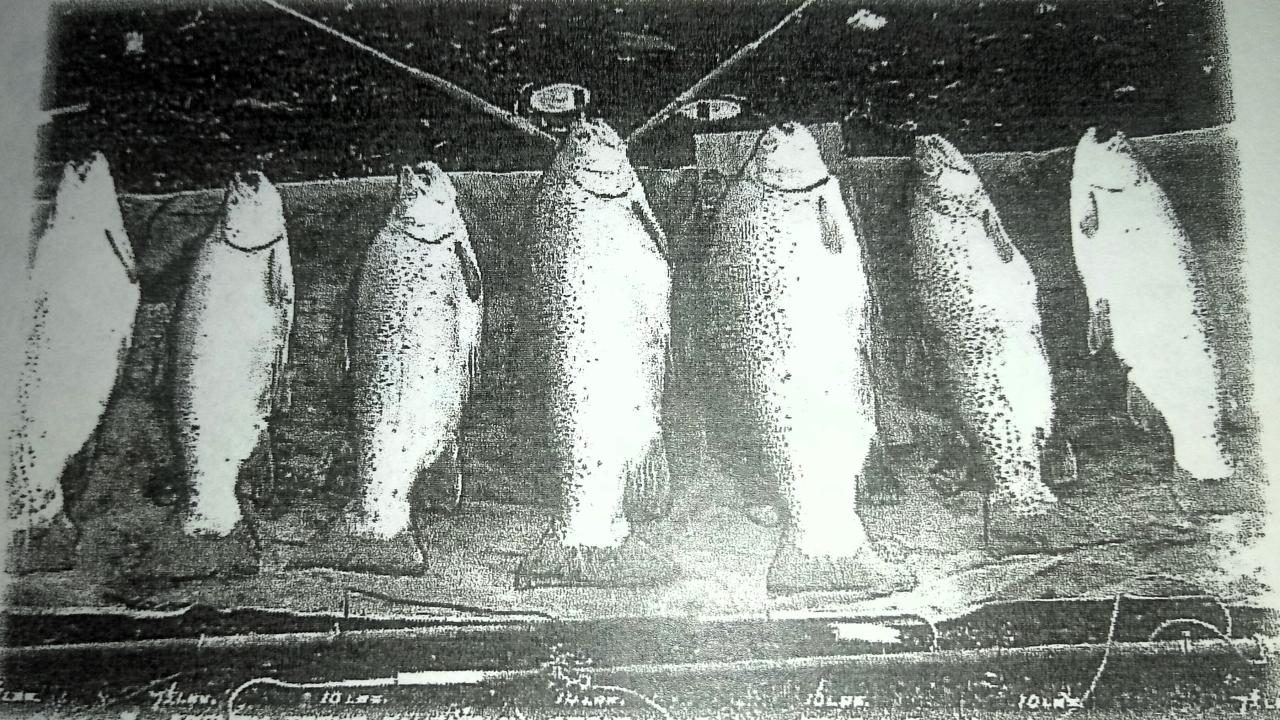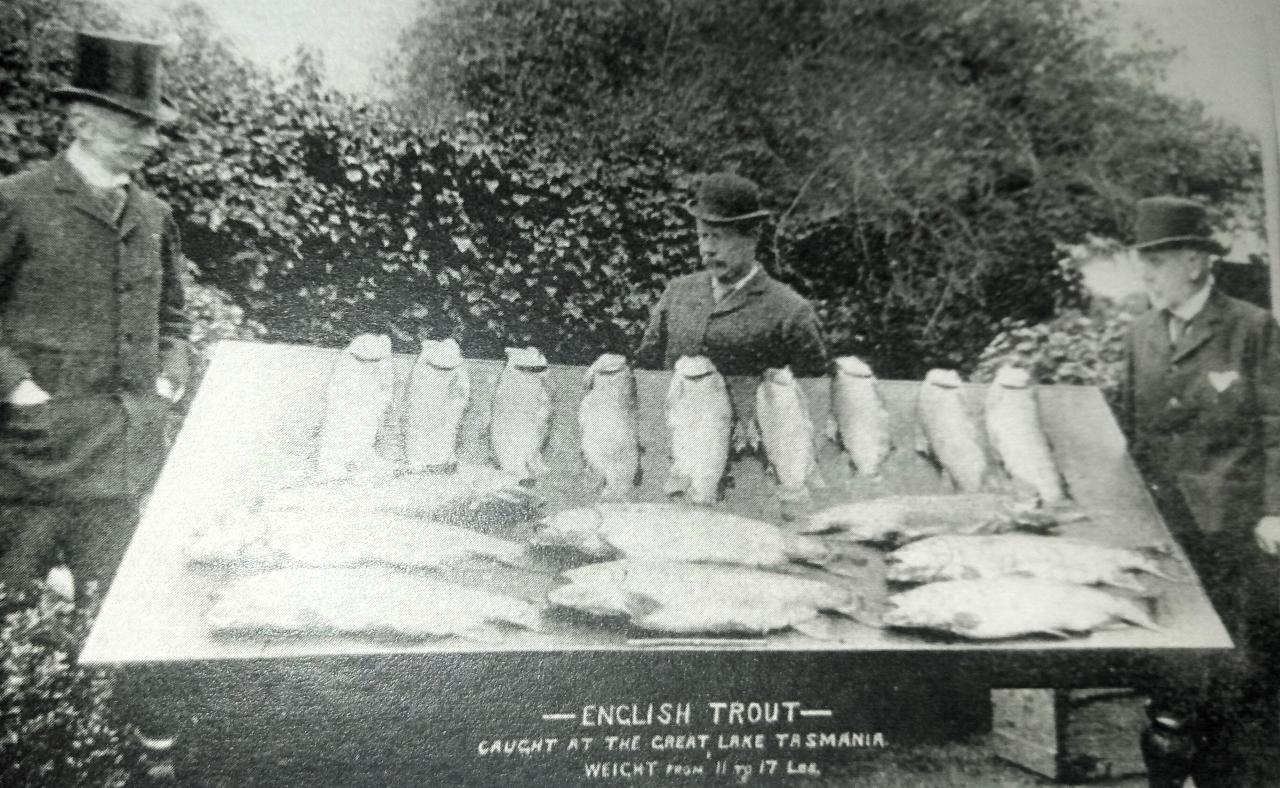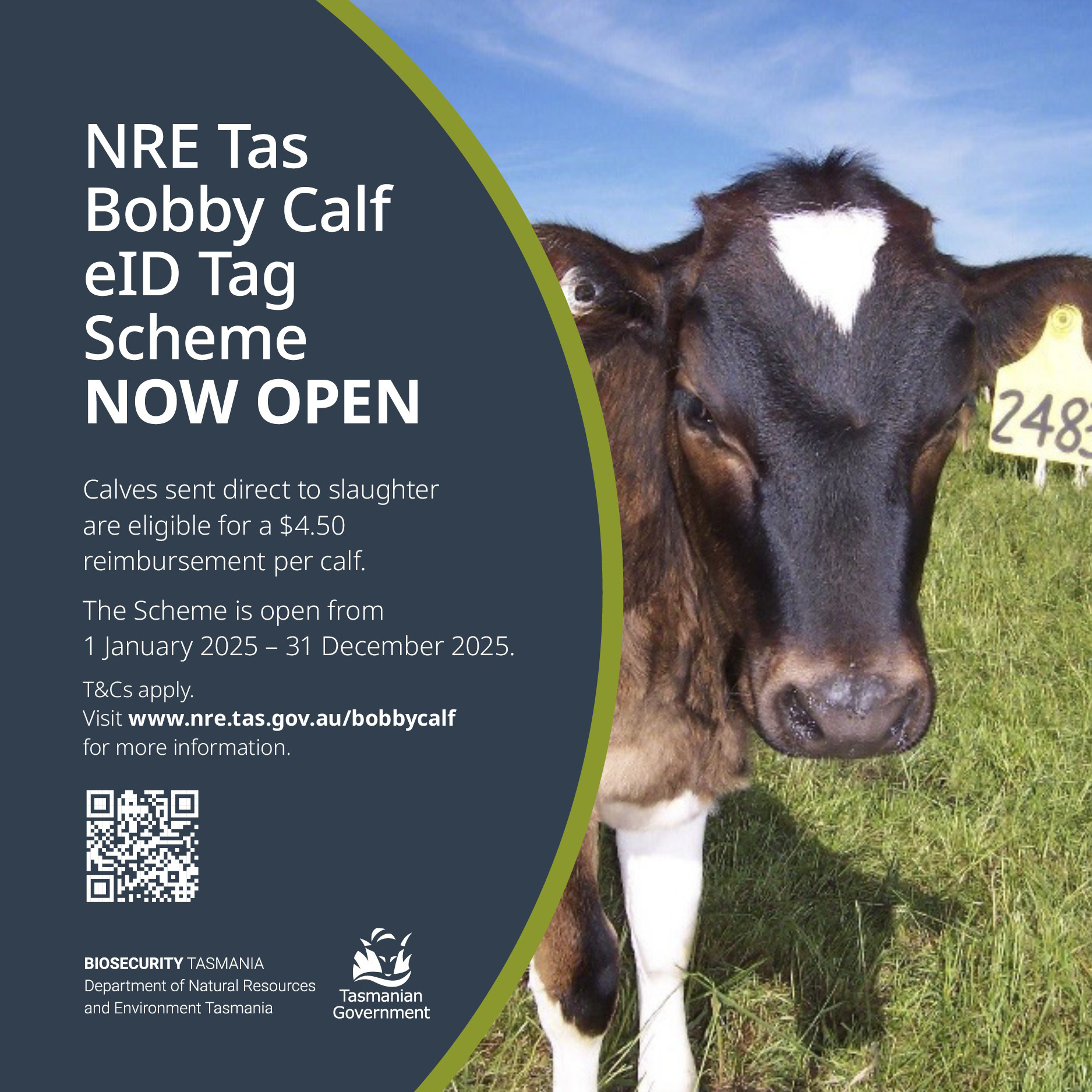Legends of Lake Pedder

A typical catch of big brown trout from Great Lake in the early 1900s.
If you're a trout fishing enthusiast, you’re likely familiar with the legendary stories of trophy-sized trout caught at Lake Pedder in its early days.
You may have even been lucky enough to fish it yourself. This week, I thought I’d dive into the history books to uncover the story of another Tasmanian waterway that also produced monster trout—and, according to records, rivalled Lake Pedder’s trophy trout reputation.
Great Lake was first stocked with brown trout on December 1, 1870, when 120 trout fry were released into Beckett’s Bay, just east of the mouth of the Shannon River. These were the only trout introduced into the lake until 1910, when the first rainbow trout were released. That initial stocking of brown trout thrived in the lake’s conditions and, over the following decade, turned Great Lake into a remarkable fishery.
Several species of galaxia were present in the lake—mainly mountain trout or spotted galaxia, which grew to around 9 inches in size. In addition, various types of freshwater shrimp provided ample food, helping the trout grow rapidly. Soon, the average trout in Great Lake was reaching 10 lb in weight. Due to the lake’s remote location, it was rarely fished, which allowed the trout population to thrive and grow uninterrupted.
Accessing the lake was no easy feat. Anglers typically had to take a train to Apsley, then ride to Bothwell, and finally arrange transport to Swan Bay—an arduous journey that discouraged many. This limited access was a blessing in disguise, allowing the trout to breed and grow with little pressure from fishing.

Those who did make the journey fished with the basic tools of the trade: 12 ft wooden rods, as cane rods were expensive and often unreliable. Reels such as the Malloch—featuring free-spinning spools controlled by the thumb and made from gunmetal or aluminium—held about forty yards of waterproof plaited silk, backed with cheaper hemp line. The Nottingham reel was another option, though expensive; those who couldn’t afford it simply cast their line and stripped it back by hand into a bag.
A common method of fishing was to spin bait such as jollytail or mountain trout, usually mounted on an Archer or Chepmell spinning rig. These spinner rigs were exceptional, with the most commonly used being the eelskin and quill phantom, both considered just as effective as natural bait. Other popular and exotic lures included Devons, Serpentannie, Owens Eelskin Minnow, and Mistaken Identity, all of which caught plenty of fish.
Fly fishing was rare at this time. The original eelskin lures were crafted by shaping metal cylinders, soldering on wings or ears to make them spin, then building up the body with string and covering it with real eelskin. Later, .303 rifle shells were used to create these lures. For many years, these and other homemade creations were the norm until Devon spinners in various colours became widely popular.
Constable Tom Earley, stationed at Swan Bay, kept records of fish caught by anglers staying at the accommodation house. His meticulous logbooks spanned from April 1893 until his retirement in 1901. Well-known angler Mr. Critchley Parker compiled a book from these records, which were later maintained for a time by the Northern Tasmanian Fisheries Association.
Although not all anglers recorded their catches, the data that was written down is astonishing—and shows what a true trophy trout fishery Great Lake was during that era. While trout could be caught at any time, the evenings were best, when large fish moved closer to shore to hunt baitfish.
Matthew Seal caught the first recorded trout from Great Lake—and the heaviest—on March 1, 1898. It weighed 25.25 lb (11.45 kg). While landing the fish, he reportedly saw an even larger trout following it. Tragically, Mr. Seal was found dead on the shore the following day. Other anglers reported hooking even larger trout, with some estimating their lost fish to exceed 30 lb (13.6 kg). One female trout stripped of her eggs was said to weigh approximately 32 lb (14.5 kg).
Here are some examples of just how productive this fishery was:
- Hugh Bryant: From December 24, 1898, to January 15, 1899 (23 days), he caught 65 trout weighing a total of 527 lb (239 kg).
- A.D. Hall: From December 29, 1898, to January 21, 1899, he caught 54 trout weighing 465 lb (211 kg).
- From January 17 to April 29, 1905, a total of 44 trout weighing over 15 lb (6.8 kg) each were recorded, with the largest at 21 lb (9.52 kg).
- On April 21 of that year, six different anglers each landed a trout weighing around 21 lb.
Most Productive Seasons:
- 1903–04: 69 anglers fished for 265 days and caught 609 trout weighing 5,444 lb (2,469 kg). Average weight: 8.94 lb (4.05 kg). Heaviest fish: 20 lb (9.07 kg).
- 1904–05: 70 anglers fished for 291 days and again caught 609 trout, this time weighing 6,003 lb (2,722.5 kg). Average weight: 9.85 lb (4.47 kg). Heaviest: 21 lb (9.52 kg).
- 1906–07: 84 anglers fished for 355 days, catching 779 trout weighing 6,339.25 lb (2,881 kg). Average: 8.22 lb (3.75 kg).
Largest Trout Caught (1901–1907):
- 1901: Mr. N. Giblin – 19.5 lb (9 kg)
- 1902: Dr. H. C. Hallowes – 17 lb (7.75 kg)
- 1903: Mr. O. Field – 18.5 lb (8.4 kg)
- 1904 & 1905: Major C. J. L. Smith – 20 lb & 21 lb (9.01 kg & 9.5 kg)
- 1906: Mr. B. Smith – 19.5 lb (9.5 kg)
- 1907: Mr. N. J. Wise – 23 lb (10.4 kg)
One of the best recorded catches of rainbow trout from Great Lake included a bag of seven fish weighing: 7.25 lb, 7.75 lb, 9.5 lb, two at 10 lb, one at 14 lb, and one at 16 lb.
Tasmania’s Game Fishing Brilliance Continues
Tasmania has long been regarded as one of Australia’s premier game fishing destinations. Recently, four local anglers received recognition with either state or national records.
- Shanae Dance now holds both the Tasmanian and Australian junior record for her 42.10 kg Southern Bluefin Tuna on 37 kg tackle.
- Spencer Cashion secured the Small Fry category national/state record with a 162.60 kg Mako Shark on 24 kg line.
- Daniel Hinds claimed a state record for landing a 114.35 kg Hammerhead Shark on 37 kg line.
- Wade Wheeler was awarded for landing a 149 kg barrel Southern Bluefin Tuna, also on 37 kg tackle.
Huge congratulations to all! With more pending records, it’s clear that Tasmanians are setting the standard.
- Tight Lines




Add new comment